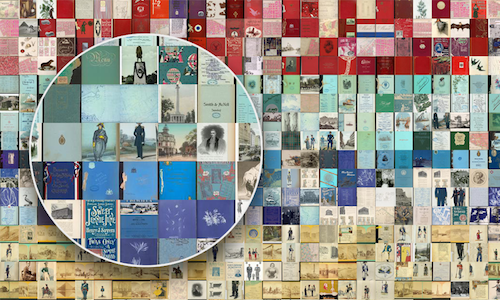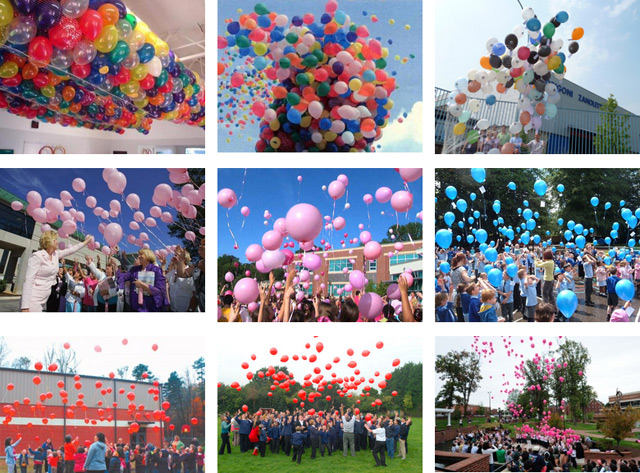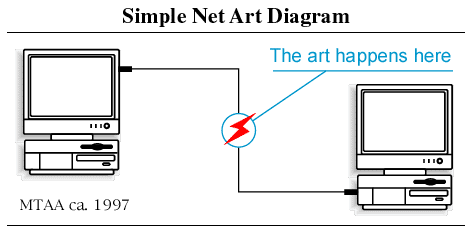Digital Ways of Seeing and a call for Serendipity
Lately, I’ve been really interested in how we create and share information (and truth) across the web.
Did you know that more than 180,000 of the items in the New York Public Library’s Digital Collections are in the public domain? It’s true! My friend, Aaron Cockle, showed me that a year ago, the NYPL had announced this new part of their digitally accessible collection. Thanks Aaron.
Now everyone has the freedom to enjoy, modify, reuse and share the materials in almost limitless ways! NYPL now makes it possible to download these items in the highest resolution available, directly from the Digital Collections website. They’re BIG files.
 Explore the NYPL Public Domain Digital Collection with their visualization tool.
Explore the NYPL Public Domain Digital Collection with their visualization tool.
It’s true that “the interactive visual library” has been upon us for a while thanks to search engines that could deliver images. Nevertheless, searching in that kind of library is for the most part garbage. You have to sift through mountains visual of information just to potentially find what you need. Bummer. Web art that is allowed to grow wildly from that collective visual library, in an art-for-its -own-sake kind of way, has for the most part been visually chaotic and noise of visual resolution has usually been used as an aesthetic tool. Think Paper Rad. (Of course, there are lots of interesting exceptions like Dina Kleberman’s I’m Google project, not chaotic at all!) What kind of art is possible with tools like Public Domain visual collections? You tell me.
 Screenshot of Dina Kleberman’s “I’m Google”
Screenshot of Dina Kleberman’s “I’m Google”
More broadly, this is kind of thing reveals one of the many reasons why public libraries are so important. They point to a simple truth that everyone is denying. Searching via tools made by creators that work hand-in-hand with corporate interests sucks. It’s never deep enough. It’s never a rich enough experience.the paths to finding high quality, curated collection of visuals, for free are long, windy, and sometimes non-existent. A private browser like google, isn’t the most stable place to reliably find images across time. Sorry, private browsers.
What we have is the exciting arrival of another institutionally supported manifestation of archive-able visual memory. I’m very thankful. We have Wikipedia, Archive.org, and others, but we still need more. Yes, this news from last January, but I want to shout about these kinds of projects from the hilltops. Especially in these times of “#alternativefacts”.
Why? Because. With the explosion of instantaneous visual communication across the internet, visual forms, digitally transferred, can essentially be considered as shared experiences. The shared experience of “having seen”. This aspect of highly networked communication allows for users to collectively “see” the world through a shared viewpoint. Permission to transform artifacts of visual ephemera, of past visual memories, invites us to step across time and create and modify languages using pre-existing systems of visual communication. It is the power to create knowledge. Captured thought held into stable states that can be comprehended by another person across the network. Truth as recordable and transferrable. Props to the late John Berger for helping me understand this. My hope is to expand these thoughts from the seventies into the present day.
 Simple Net Art Diagram by MTAA
Simple Net Art Diagram by MTAA
Expanding this all out to copyright, websites ARE the expressions of that thought. And, as such function as the basis for the merging of idea and expression of idea. Everything expressed in “recordable” communication IS an idea within the legal framework. Organizations with corporate money have the power to take away certain “sides” of information. Duh. Information nowadays essentially being the mass of recorded experience. That kind of power can shape the mass of collective knowledge, that is the basis from which we collectively determine “truth”. Turning the creation of ideas into a commodity form.
As a society, it is _only _through collectively supported libraries, physical and digital that we can expand what it means be creating, sharing and finding Truth. Commodity form as community form.
Please visit your local library today. It may have been a while since you last visited… It may have been just yesterday! Either way, do yourself a favor and open yourself up to serendipity. Get out there, find something interesting and check it out.